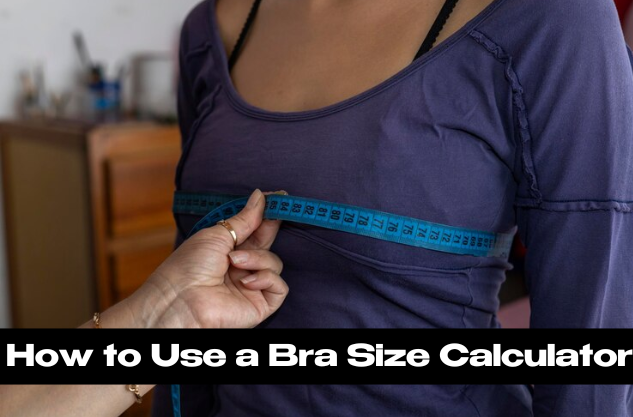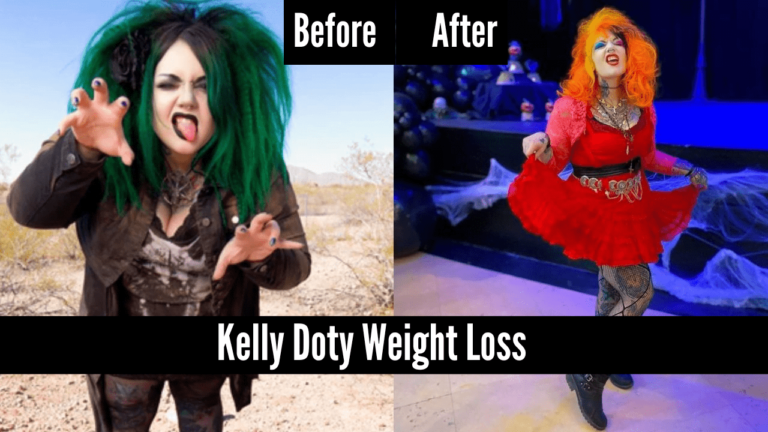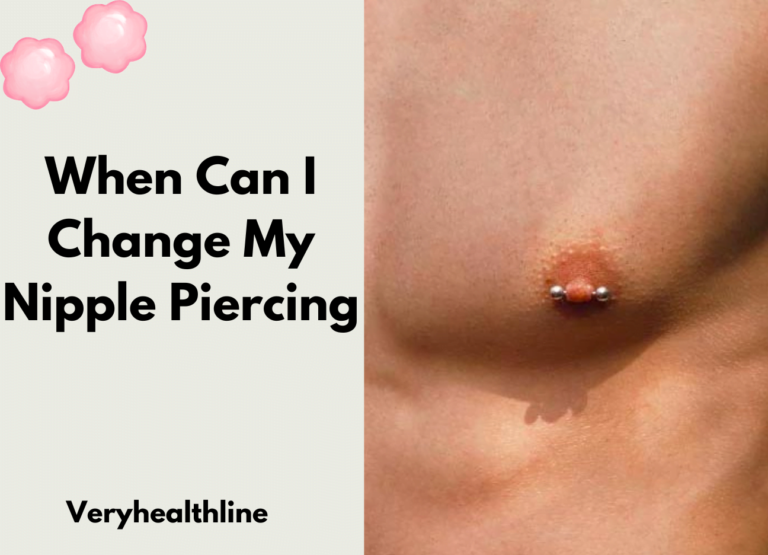Top Surgery and Nipple Piercings: What You Need to Know
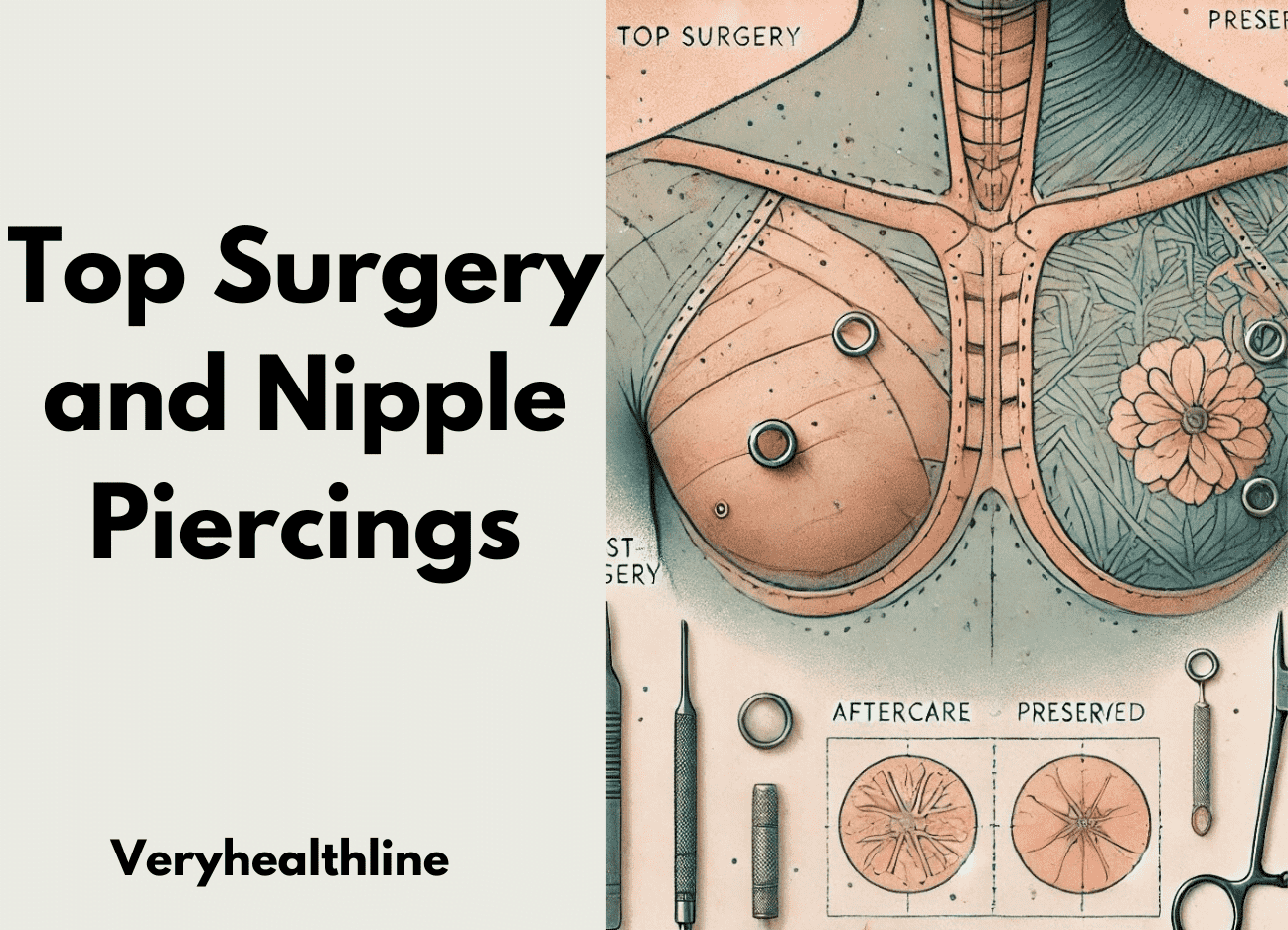
When I thought about getting top surgery, I wanted to understand how my nipple piercings would be affected. This article gave me insightful information on how the procedure might change things. For many FTM individuals and nonbinary folks, chest reconstruction is a path to embodied gender euphoria.
Knowing the implications of having nipple grafts is important. The surgeon shared that the timing of the piercing after surgery matters. The advice was to wait until the area had healed and the scars had settled, ensuring everything could be properly aligned.
For those who bind their chest, it’s crucial to consider how body modifications like facial and nipple piercings fit into your plans. The recommendations I received emphasized being open about piercings with your surgeon.
Patients need to know that discussing their choices, whether to keep their piercings or remove them, is vital.
Understanding your options is critical whether you keep them in post-surgery or decide to remove them. By being informed, you can make decisions that best reflect your identity, ensuring a smoother journey to your desired self.
What Is Top Surgery?
Top surgery is a gender-affirming surgical procedure that alters the chest to match the individual’s gender identity. There are primarily two types of top surgery:
- Female-to-Male (FTM) Top Surgery: This procedure removes breast tissue to create a flatter, more masculine chest.
- Male-to-female (MTF) Top Surgery involves creating or enhancing breast tissue to form a more traditionally feminine chest.
The surgical techniques vary depending on the patient’s body type, desired outcome, and the surgeon’s expertise. These may include double incision mastectomy, periareolar surgery, or breast augmentation, each with its own set of recovery protocols.
Understanding Nipple Piercings
Nipple piercings are a form of body modification where a needle is used to create a hole through the nipple, into which a piece of jewelry is inserted. For many, nipple piercings hold cultural, aesthetic, or personal significance. The healing process typically takes 6 to 12 months, depending on the individual’s body and the care given to the piercings.
Why Consider Nipple Piercings After Top Surgery?
Many people choose to get nipple piercings after top surgery for several reasons:
- Aesthetic Enhancement: Piercings can complement the surgical outcome, adding a personal touch to the newly shaped chest.
- Symbolism: For some, nipple piercings represent a reclaiming of their body and an expression of self-identity post-surgery.
- Personal Satisfaction: The piercings can also serve as a celebration of the individual’s journey through gender affirmation.
Timing: When to Get Nipple Piercings Post-Surgery
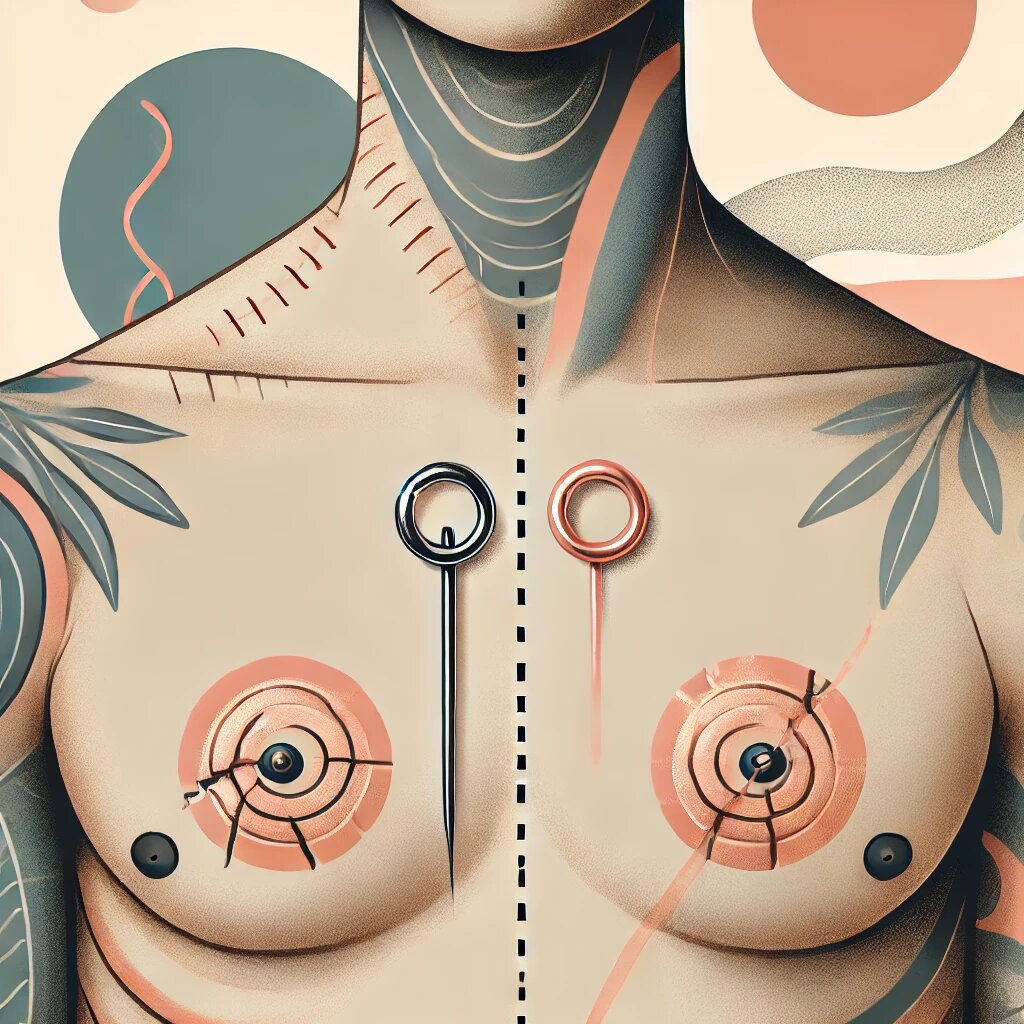
Timing is crucial when considering nipple piercings after top surgery. It is generally recommended to wait until the chest has fully healed from the surgery before undergoing additional procedures.
This usually means waiting at least 6 to 12 months, depending on the complexity of the surgery and the individual’s healing process. Always consult with your surgeon before deciding to get nipple piercings to ensure it is safe to proceed.
Healing Process for Top Surgery and Nipple Piercings
The healing process for top surgery can vary but typically involves several weeks of rest and limited physical activity. The timeline includes:
- Weeks 1-2: Initial recovery, pain management, and complication monitoring.
- Weeks 3-6: Gradual return to daily activities, with continued monitoring of healing.
- Months 6-12: Full recovery and final results.
The healing process for nipple piercings is equally important to monitor. The piercings will require regular cleaning and care to prevent infection, and signs of proper healing include reduced redness, minimal pain, and absence of discharge.
Risks and Considerations
Combining top surgery and nipple piercings introduces unique risks, such as:
- Infection: The risk of infection is higher when combining these procedures, so strict hygiene is essential.
- Healing Complications: Top surgery demands careful recovery, and adding piercings may complicate or prolong the healing process.
- Scarring: Piercings can affect the appearance of surgical scars or lead to additional scarring if not properly managed.
Choosing the Right Piercer
Selecting an experienced piercer is vital for a successful outcome. When searching for the right professional, consider:
- Experience with Post-Surgical Clients: Ensure the piercer has experience working with individuals who have undergone top surgery.
- Sterilization Practices: Verify that the studio follows strict sterilization protocols to minimize infection risks.
- Certification and Training: Ask about the piercer’s certifications and training to ensure they are qualified.
Pain Management: What to Expect
Both top surgery and nipple piercings involve a certain degree of pain. Managing this discomfort effectively is critical to a smooth recovery. Pain management strategies include:
- Top Surgery: During the initial recovery period, prescription pain medications, ice packs, and rest are commonly used.
- Nipple Piercings: Over-the-counter pain relievers and proper aftercare can help manage the pain associated with piercings.
Long-Term Care for Both Surgery and Piercings
Long-term care for both top surgery and nipple piercings is essential for maintaining your results and health. This includes:
- Scar Care: Using scar treatment products to reduce the visibility of scars.
- Piercing Care: Regularly clean piercings and avoid unnecessary trauma to the area.
- Check-Ups: Regular follow-ups with both your surgeon and piercer to ensure everything is healing as expected.
Nipple Piercings and Chest Binding
For many folks, chest binding is a common practice that brings a sense of gender euphoria. However, when considering top surgery and nipple piercings, it’s essential to understand how these choices interact.
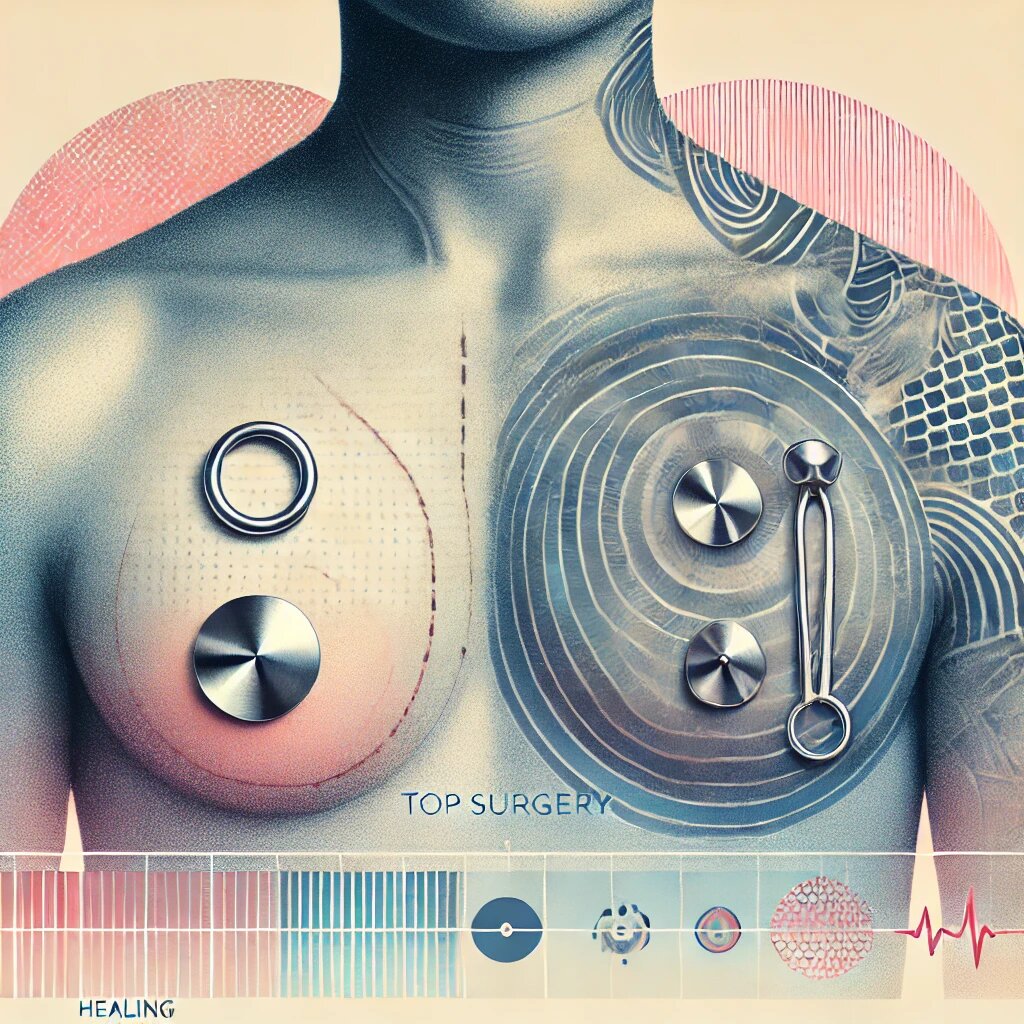
If you’re planning to get your nipples pierced, or if they’ve already been pierced, be aware of the reasons why you might need to adjust your routine. After piercing, it is typically advised to avoid tight clothes for several months to allow proper healing.
This means you should stop binding your chest during this time, as the fabric can rub against the piercings, increasing the risk of infection and pain.
When I first decided to get my nipples pierced, I didn’t realize how much it would affect my daily routine. The healing process is critical; to ensure everything heals appropriately without complications, it’s crucial to follow professional guidelines.
I learned that taking a break from binding helps reduce potential risks and allows the body to adjust and recover from both reconstruction and piercing. Listening to my body’s needs and being patient with the healing process were crucial for avoiding unnecessary complications.
Nipple Piercings Before Top Surgery
Having your nipple pierced before top surgery isn’t a problem for most patients. Many keep their piercings right until the day of surgery. However, there are a few considerations to keep in mind. For the procedure, you might need to remove any jewelry from facial or body piercings. Sometimes, piercings can leave tiny, circular scars.
Talk to your surgeon to maintain symmetry and ensure the scars align properly. If you had your nipples pierced a long time ago and aren’t currently wearing any jewelry, it shouldn’t significantly impact the outcome. Sharing your past piercing history can help your surgeon plan accordingly.
Nipple Piercings After Top Surgery
For many folks who have undergone chest reconstruction or top surgery, the desire to pierce their new nipples is understandable. Patients with grafts are often advised to wait between 6 and 12 months before they pursue a piercing. This wait allows for proper healing and ensures the tissue is strong enough.
Those without grafts might be able to get their nipples pierced around three months post-surgery, as the recovery is generally quicker. It’s essential to seek advice and support from a professional, licensed piercer to reduce the risk of unnecessary pain, discomfort, or infection.
They can offer the expertise to handle scar tissue and ensure everything is done safely. Always get your surgeon’s approval to proceed, and follow their guidance to avoid complications.
Conclusion
Top surgery and nipple piercings can be an empowering combination for many individuals, offering a way to further personalize their body after gender-affirming surgery. However, it is essential to understand the risks, timing, and care involved in combining these procedures. Consulting with both your surgeon and an experienced piercer will ensure you make informed decisions that are right for you.
FAQs
Can you get nipple piercings during top surgery?
Typically, piercings are not done during top surgery. It is advisable to wait until the chest has healed.
How long does it take for nipple piercings to heal after top surgery?
Nipple piercings can take 6 to 12 months to heal, depending on individual factors.
What are the signs of infection in nipple piercings after top surgery?
Redness, swelling, pain, and discharge are signs of infection. Consult a professional if these symptoms occur.
Do nipple piercings affect the appearance of top surgery scars?
If done correctly and with proper care, piercings should not negatively impact the appearance of scars.
Is nipple sensation affected by piercings post-surgery?
The sensation can vary based on individual healing and the location of the piercing. Some may experience changes in sensation.



